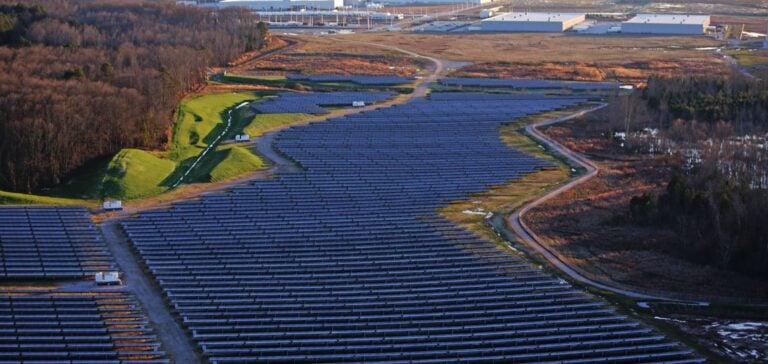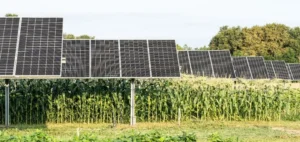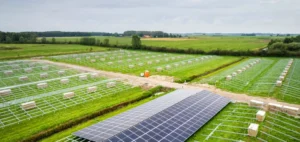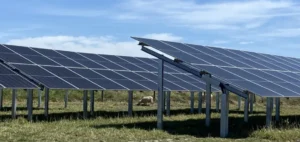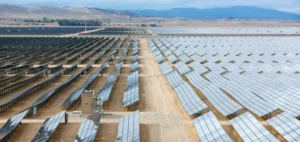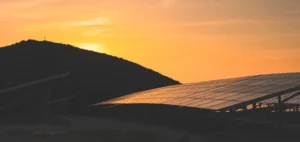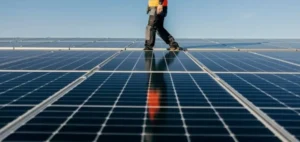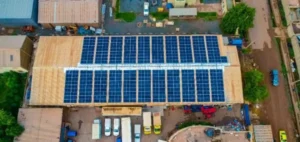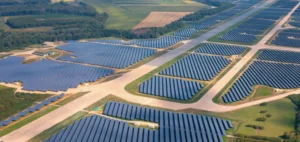In 2024, utility-scale solar energy in the United States will reach unprecedented heights, according to the American Clean Power Association (ACP). With 32.125 gigawatts (GW) of installations planned, the country is poised to set a historic record, underscoring the growing importance of renewables in its energy mix.
The rapid development is partially driven by the impending expiration of the tariff moratorium. This moratorium, ending in December 2024, has pushed developers to accelerate projects to avoid additional costs associated with tariffs. As noted by Sam Huntington, director of North American Power at Commodity Insights: “Developers are pulling forward projects to meet the moratorium deadlines, making 2024 an exceptional year for solar energy.”
Massive Solar Panel Imports
The third quarter of 2024 saw a significant increase in solar panel imports, totaling 15 GW. Key suppliers include Vietnam, accounting for 32.5% of imports, followed by Thailand (23%), Malaysia (13.4%), Cambodia (11.8%), and India (8.4%). This diversity of sources reflects an increased dependence on Asian markets, which provide competitively priced modules.
Solar cells, a key component of panels, also come from various Asian countries. Malaysia leads with 37.3% of imports, followed by Thailand (27.6%) and South Korea (19.9%). These massive imports are essential to meet the growing demand from U.S. developers.
Cost and Tariff Trends
Solar module costs, which have been declining in recent years, may rise in 2025 due to new tariffs and political uncertainty. Currently, U.S.-assembled Topcon modules are priced between 27 and 30 cents per watt. These tariff fluctuations, coupled with potential changes to the Inflation Reduction Act (IRA) under a new administration, add a layer of complexity for market participants.
However, the long-term outlook remains positive. According to the ACP, the levelized cost of electricity (LCOE) for solar plants is expected to drop from $46/MWh in 2024 to $38/MWh by 2030, driven by declining polysilicon prices and improved capacity factors.
What Lies Ahead After 2024?
Despite the excitement surrounding 2024, the market is expected to slow in 2025, with a projected 16% drop in new installations. This contraction is attributed to the pull-forward effect of the record year and political uncertainties. Nevertheless, the U.S. solar sector shows an average annual growth forecast of 6.6% between 2025 and 2030.
The ACP emphasizes that challenges related to tariff policies and potential changes to the IRA will not prevent solar energy from continuing its growth. Experts predict that solar will remain competitive while playing a key role in the United States’ energy transition.


